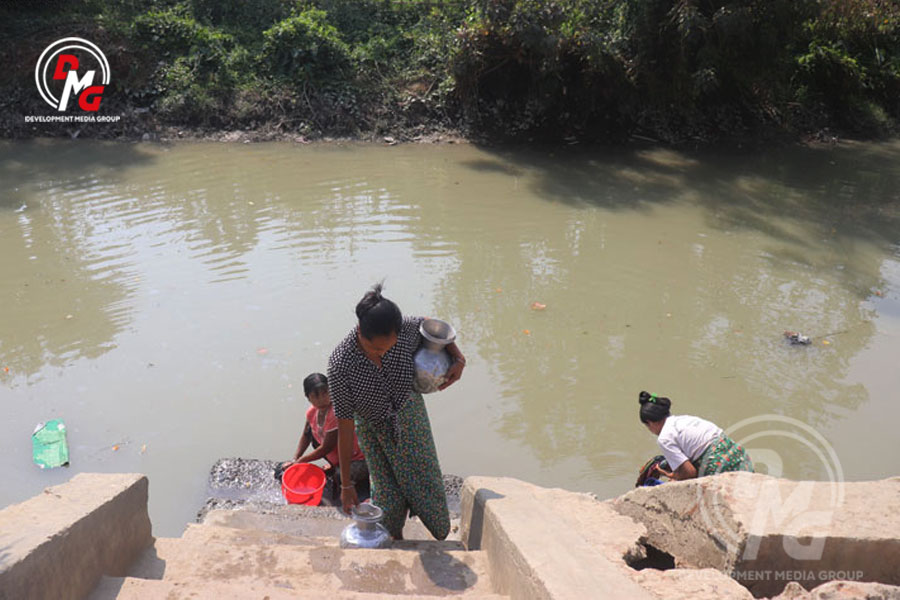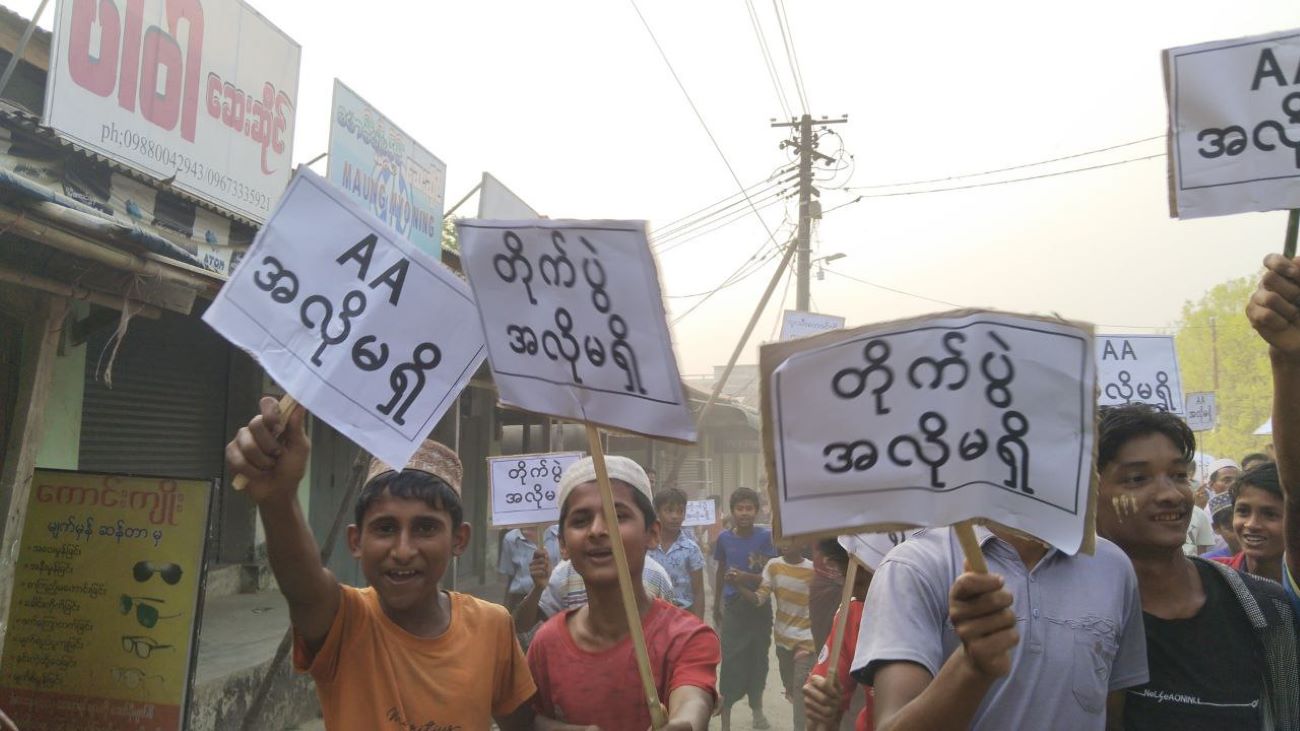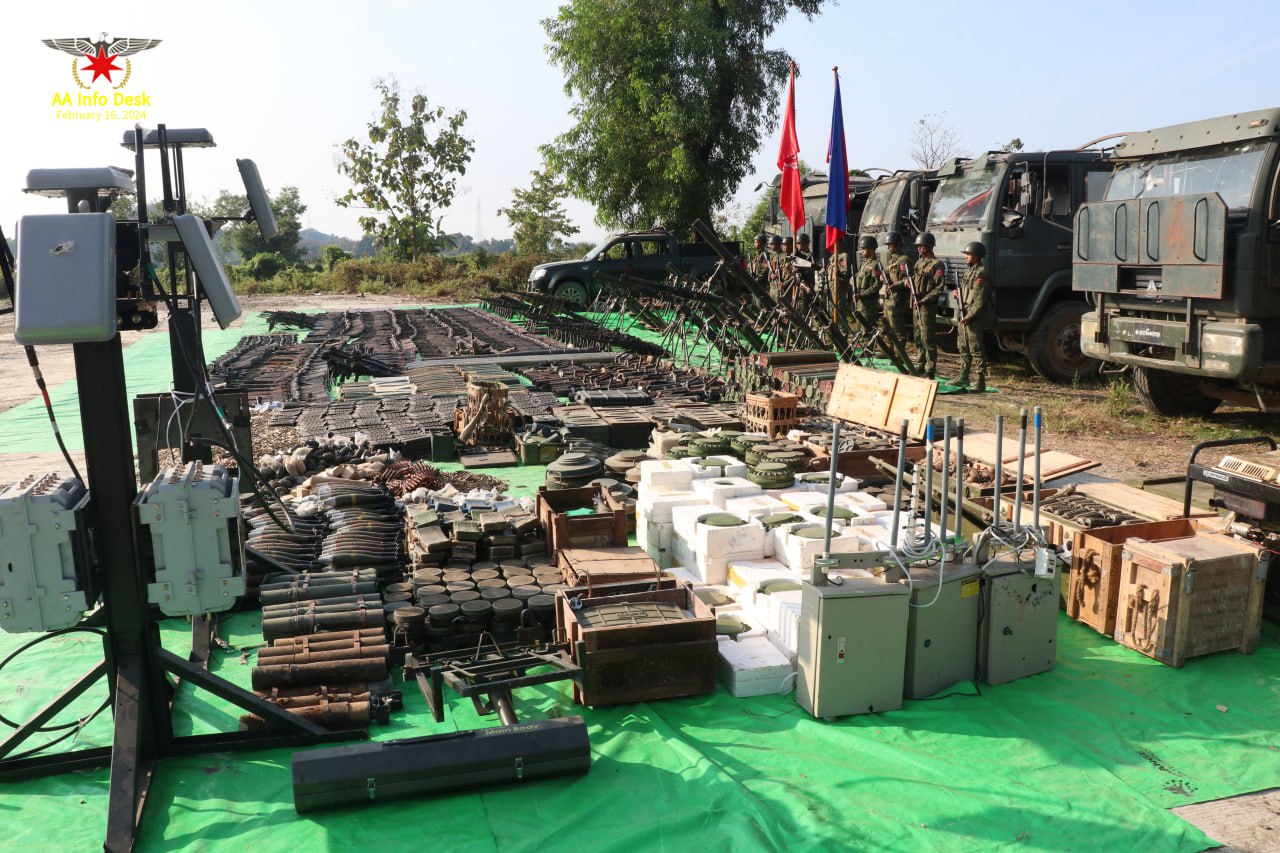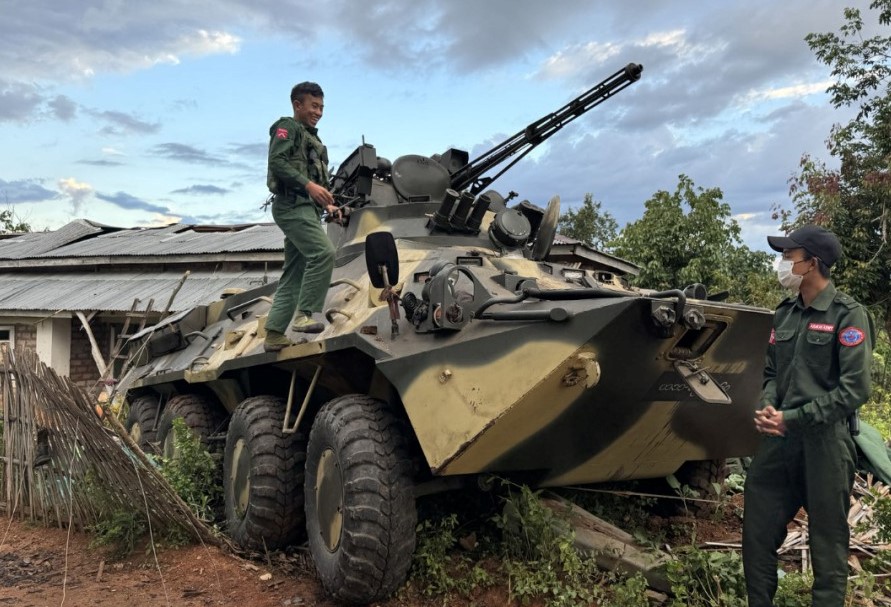- AA accuses Muslim organisations of weaponising term ‘genocide’
- Diarrhoea blamed for three deaths at Ponnagyun displacement camp
- Chin resistance groups seize Chin State town with AA’s help
- AA seizes pair of strategic military camps in Maungdaw Twsp
- Junta attacks kill 16 civilians, injure 69 in Arakan State in April
Patrols of Arakan Yoma Elephant Range enlist eyes and ears of locals to combat poaching
Patrols are being conducted to protect wild elephants along the Arakan (Rakhine) Yoma Elephant Range, the only elephant sanctuary in Arakan State, in cooperation with residents of villages around the sanctuary, according to a local conservationist.
04 Sep 2021
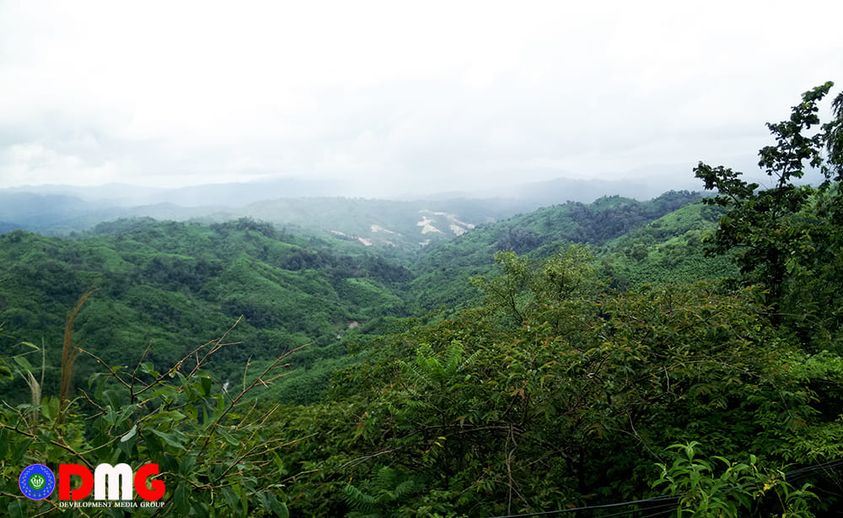
DMG Newsroom
4 September 2021, Sittwe
Patrols are being conducted to protect wild elephants along the Arakan (Rakhine) Yoma Elephant Range, the only elephant sanctuary in Arakan State, in cooperation with residents of villages around the sanctuary, according to a local conservationist.
U Aung Myo Naing, in charge of managing human-elephant conflict for the Rakhine Coastal Region Conservation Association (RCA), said previous patrols in the area had been carried out in collaboration with relevant government officials, but that no cooperation had taken place since the military coup on February 1.
“We know that the current patrolling in the Arakan Yoma Elephant Range is much weaker than before, and elephant poachers are becoming more daring. Regular patrols are planned with locals as more elephant hunters are expected to come in the next [dry] season,” he said.
In doing so, organisers of the effort hope to reboot cooperation with government departments while also enlisting locals’ eyes and ears. If elephant poaching activities are found, the relevant authorities will be notified, U Aung Myo Naing said.
“There are people in the villages who have been trained in patrolling and are interested in it. With their strength, we will patrol systematically,” he told DMG.
At present, three teams of four people each are patrolling the Arakan Yoma Elephant Range, joining hands with some locals, said U Hsan Lwin Oo, an administrator of the sanctuary.
“At present, there are few signs of elephant poaching. It’s the rainy season, so it looks like elephant hunters are not coming,” he added.
With the dry season approaching, U Hsan Lwin Oo said they would work with the Forest Department to protect wild elephants from poaching.
“Elephant hunters also enter the area adjacent to Ayeyawady Region at the end of the Arakan Yoma. Since they have access points, we will work with the Forest Department to control the access areas,” he added.
In the past, wild elephants were hunted for their ivory tusks, but in more recent years their skin and other body parts are also traded with regularity. That has led to more poaching of the pachyderms, said Dr. Maung Maung Kyi, chairman of the Rakhine Coastal Region Conservation Association (RCA), which works to conserve the environment.
“Only by controlling such trade can the lives of these wild elephants be saved,” he added.
The Arakan Yoma Elephant Range is located at the southern end of the Arakan Yoma Mountains in Thandwe and Gwa townships, covering an area of about 1,756 square kilometres. It is home to more than 100 wild elephants.
About 9,000 wild elephants are estimated to have lived in Myanmar 70 years ago, but now fewer than 2,000 roam the country. One elephant was killed each week in 2017, according to the World Wide Fund for Nature (WWF Myanmar).
Experts say wild elephants are becoming increasingly scarce in Myanmar, and that if poaching is left unchecked, they could cease to exist in the Myanmar wilderness within the next half-century.


